 |
||
|
||
| ||
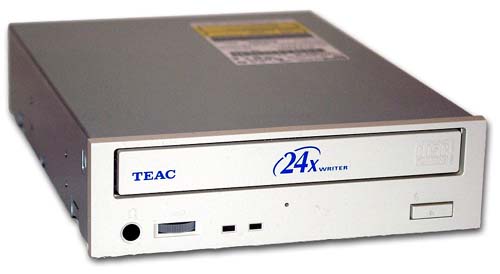
The drive ships in a Retail package. The box contains:

Character and method of recording:
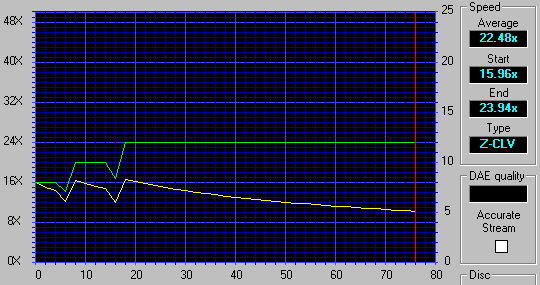 Not so long ago we were able to connect the TEAC company and receive data on new technologies used in this drive and some information on future plans. Petar Stojcevic, technical specialist and sales manager, said the company pays a great deal of attention to high quality of their products and to maintaining prices at the optimal for users level. The CD-W524E was from the very beginning meant for end-users instead of OEM manufacturers. The policy the company follows for Retail and OEM versions has changed. Thus, a 24x CD-RW drive in an OEM package costs less but it has a lower functionality as the OEM version is limited in an audio data extraction speed to 32x, while the Retail versions supports 40x. Besides, the company doesn't disregard mechanical and electronic components, in particular a chassis of the drive: at a high speed vibrations can't be eliminated completely. Unlike drives from other firms, the TEAC ones are made of metal 1.2 mm thick which makes possible to eliminate vibration considerably. Besides, the drives have a weighty base which also allows making vibration as low as possible. The new drive also use a new method of fixing a disc inside the drive; it is based on magnetic coupling of two fasteners. During recording a laser generates much more energy than in course of reading. If a writing speed goes up the difference becomes more. At high speeds it is very important to warm up an active layer accurately because it influences accuracy of positioning of a pit in a groove. And TEAC developed an ASC technology (advanced servo circuit) to improve this process. It positions a laser on the required point of a disc automatically. The TEAC's drive supports the Write Proof technology which includes a function of suspending recording when a data stream from the buffer breaks, and an OPC function (optimal power control). The recorder chooses an optimal recording speed and optimal laser power for every CD. Here is what the Nero says you about the drive:
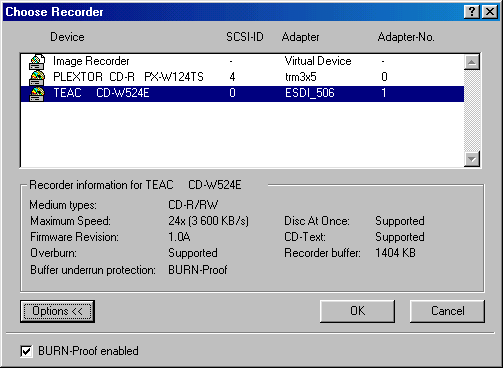 This is how the drive looks inside: 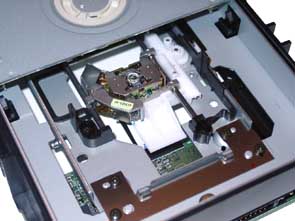
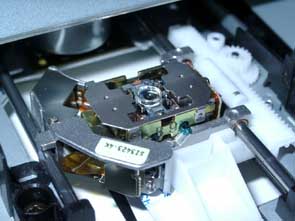
 The Sanyo's chip is marked as LC898098 UJON 1FKOG. The drive whistles loudly, but it doesn't make much noise or vibrate. The appearance remains the same since the 54th model. However, the designers are working on its improvement. But as TEAC collaborates with some major computer makers, which install TEAC's drives into their computers, such ascetic design is important as it suits systems with any appearance.
 Ejected discs are not too warm. It is interesting that one can easily discern parts with different recording speeds on discs recorded at the highest speed, especially on cyanine ones. The warranty period of the drive is extended to two years in Europe. Write a comment below. No registration needed!
|
Platform · Video · Multimedia · Mobile · Other || About us & Privacy policy · Twitter · Facebook Copyright © Byrds Research & Publishing, Ltd., 1997–2011. All rights reserved. | |||||||||||||||||||||||||||||||||||||||||||||||||||||||||||||||||||||||